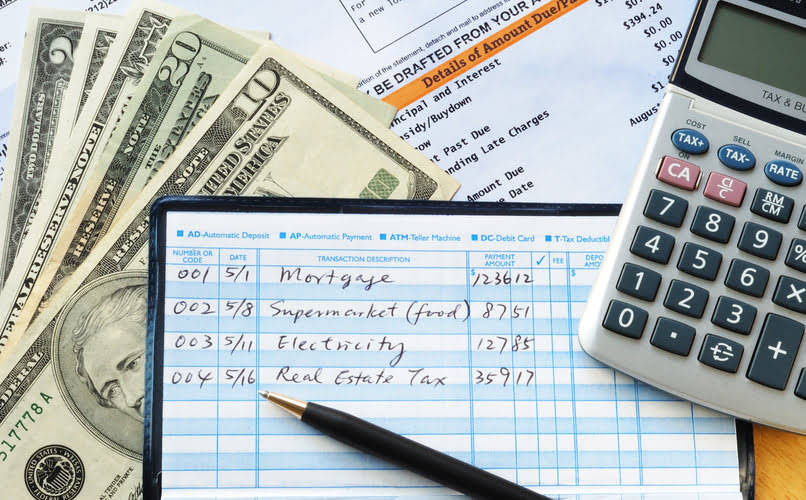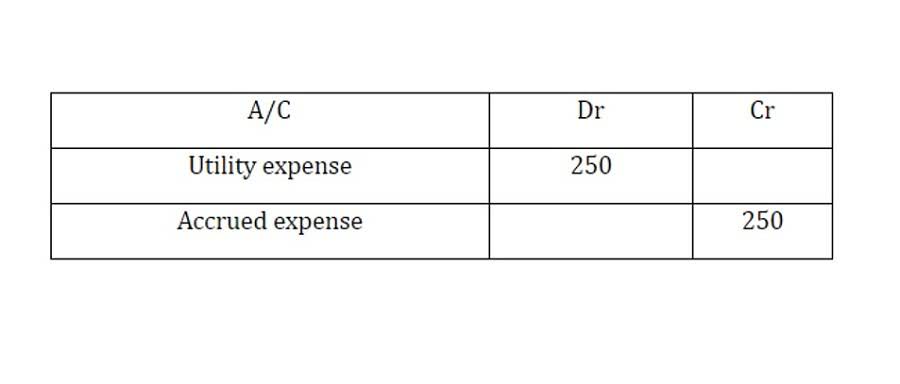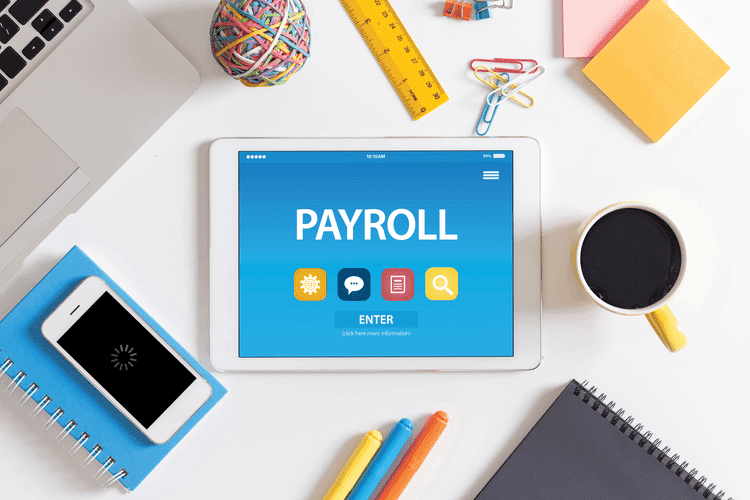
This report categorizes all the outstanding invoices by their due dates, clearly showing how long each invoice has been outstanding. Implement clear payment terms upfront and send timely reminders to prevent outstanding invoices from turning into past-due ones. Establishing good communication with clients can also help address potential issues before they escalate.
Why trade credit insurance is a small business necessity

This entry ensures that the company’s profit and loss statement includes the rent expense for December, even though the payment will occur in the future. Outstanding expenses form part of current liabilities in the balance sheet since they refer to amounts paid out within a short period, often before the operating cycle or financial year close. Outstanding expenses include such things as outstanding salaries, rentals, electrical bills, assets = liabilities + equity or interest owed but not yet settled at the close of a fiscal period. As the journal entry for the outstanding expenses is posted they are then placed appropriately in the final accounts. Following is the treatment for an outstanding expense in the case in a financial statement and balance sheet.
Outstanding Expenses Under Liability Account
All such outstanding expenses which are the liability account are to be recorded in the accounting period if they relate to this accounting year. The outstanding expense is a type of personal account which have a credit balance and is this is treated as a liability for the business firm. The Outstanding Expense is represented on the liability side of the balance sheet of a business. To perform accounting with accuracy, these expenses are required need to be realized whether they are paid or not.
What is an Outstanding Check?
When outstanding expenses go out of control, it may be hard for a business to continue its operations. Moreover, businesses should aim to pursue as few outstanding expenses as possible because these expenses must be met from the profits of outstanding checks the organization. Thus, outstanding expenses fit into the liability category as they reflect the amounts the business still owes.

The main challenges in managing outstanding receivables https://www.bookstime.com/articles/annual-income are ensuring timely payments from customers and minimizing the risk of bad debt while maintaining positive customer relationships. When clients fail to settle their bills on time, it can significantly affect a company’s income and cash flow. The longer an invoice remains unpaid, the more strain it puts on the business’s financial health. Unpaid invoices create stress for businesses because they rely on timely payments for smooth operations. Outstanding expenses are liabilities because they suggest a responsibility that the company should pay in the future.
- This is the total of the credits that exceed the amount you owe; the statement will show a credit balance.
- Companies need to calculate their balances and ensure payments are made and collected in a timely manner.
- Outstanding expense refers to expenses that have not been paid by a business yet.
- An outstanding expense is one that has been incurred but has not yet been paid.
- How small and mid-sized businesses can safeguard their growth, assets, and client relationships with trade credit insurance.
Many companies introduce delinquent payment fees or accrued interest to disincentivize customers against overdue payments. In many cases, coupled with good credit management procedures, this will suffice, and customers will settle their outstanding balances within the agreed time limit. In other cases, however, bad faith or the inability to settle the outstanding balance can result in bad debt. The most immediate and impactful risk of outstanding receivables is the disruption of cash flow. When customers delay payments, businesses may find themselves short of funds to cover operational expenses, such as payroll, rent, inventory purchases, and debt servicing.

Accounting for an Outstanding Check
- On the date of expense, the organization’s expenses have increased, so debit should be raised for the expense account and the outstanding expense account credited, since liabilities have risen.
- A company that spends $1,000 on electricity in February will receive its bill at the beginning of March and be required to pay it by the end of March.
- In many cases, coupled with good credit management procedures, this will suffice, and customers will settle their outstanding balances within the agreed time limit.
- This allows the business to access cash quickly instead of waiting for customers to pay their invoices.
Understanding the term’s implications can lead to more accurate financial planning, auditing, and investment decisions. To guide you in preparing the bank reconciliation we developed a bank reconciliation template/form which is part of AccountingCoach PRO. Outstanding expenses appear within the Current Liability section of the Balance Sheet. Generally, the difference between salary and wage is that salary is a fixed amount and wage is based on the number of hours that an employee works.

Examples
There are some select methods of keeping a record of outstanding expenses. Outstanding expenses show how much a business has to pay to stakeholders in monetary terms. Outstanding expenses are recorded by debiting the expense account and crediting the outstanding expense account.

